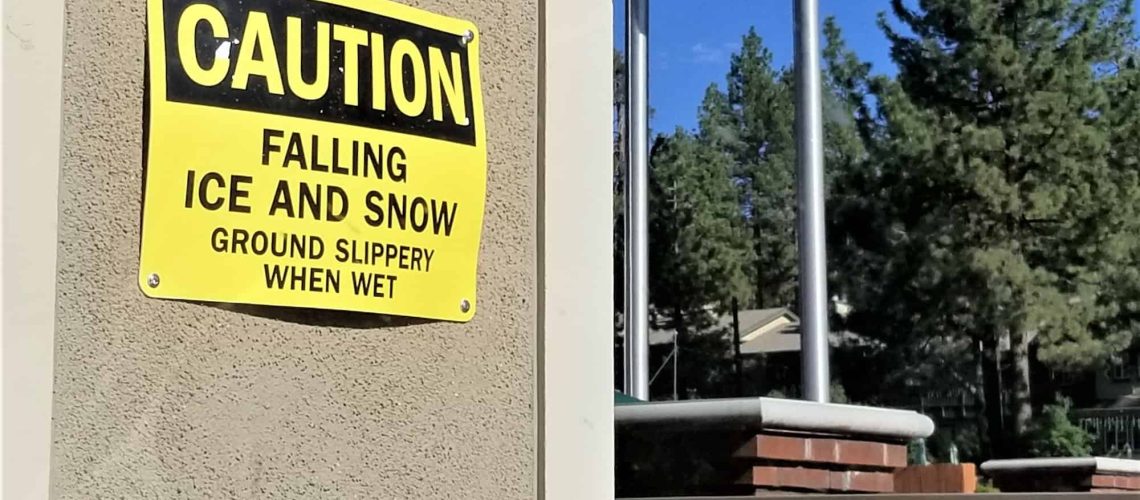Deciphering the Variables: How Factors Shape Slip and Fall Settlements
Slip and fall accidents can have significant physical, emotional, and financial repercussions. When pursuing compensation for injuries sustained in a slip and fall incident, the settlement process becomes a crucial step. However, several factors come into play that can impact the outcome of a slip and fall settlement. In this blog, we’ll explore these key factors and shed light on what you need to consider when seeking fair compensation.
1. Nature and Severity of Injuries:
The nature and severity of your injuries are pivotal in determining the value of your slip and fall settlement. Here’s a closer look at how these factors impact your case:
- Medical Evaluation and Documentation: Seeking immediate medical attention after a slip and fall accident is crucial. Thorough medical evaluations not only ensure your health but also create an official record of your injuries. This record becomes crucial evidence when negotiating for a settlement.
- Long-Term Impact: Severe injuries often lead to prolonged medical treatments, surgeries, and ongoing therapies. These factors contribute to higher medical expenses, which, in turn, affect the overall value of your case.
- Permanent Injuries and Disabilities: If your injuries result in long-term or permanent disabilities, the compensation should account for the impact on your quality of life, your ability to work, and the need for ongoing care and accommodations.
- Pain and Suffering: The physical pain and emotional suffering caused by your injuries are important considerations. While difficult to quantify, experienced attorneys can help assign a value to these non-economic damages based on the severity of your pain and the duration of your suffering.
2. Economic Damages:
Economic damages refer to the quantifiable financial losses you incur due to the slip and fall accident. Here’s how economic damages come into play:
- Medical Expenses: This includes all medical costs related to your injuries, from emergency room visits and hospital stays to surgeries, doctor’s appointments, medication, and rehabilitation. Presenting thorough documentation of these expenses is essential for an accurate calculation.
- Lost Wages: If your injuries prevented you from working, you’re entitled to compensation for the income you lost during your recovery period. This applies not only to immediate income loss but also to potential future income loss if your injuries affect your earning capacity.
- Property Damage: If personal belongings, such as electronics or clothing, were damaged during the accident, the cost of repairing or replacing them can be included in economic damages.
- Other Financial Losses: Additional expenses directly related to the accident, such as transportation costs to medical appointments, home care services, and necessary home modifications, can also contribute to economic damages.
3. Non-Economic Damages:
Non-economic damages encompass intangible losses that are harder to quantify but are just as significant. Here’s a closer look at non-economic damages:
- Pain and Suffering: This encompasses the physical pain, discomfort, and emotional distress you experienced due to the accident and its aftermath. While challenging to calculate precisely, skilled attorneys use various methods to assign a reasonable value to pain and suffering.
- Emotional Distress: Emotional distress includes feelings of anxiety, depression, sleep disturbances, and other psychological effects resulting from the accident. The severity of these emotional impacts contributes to the overall value of non-economic damages.
- Loss of Enjoyment of Life: If your injuries prevent you from participating in activities you once enjoyed or significantly reduce your overall quality of life, this loss is considered in non-economic damages.
- Loss of Consortium: This refers to the impact of your injuries on your relationships with your spouse, family members, or loved ones. It encompasses both the emotional strain and potential changes in the dynamics of your relationships.
- Scarring and Disfigurement: If your injuries result in visible scarring or disfigurement, the emotional toll this takes on your self-esteem and confidence can be considered in non-economic damages.
4. Liability and Negligence:
Establishing liability and negligence is a fundamental aspect of slip and fall cases. Here’s how these factors come into play:
- Property Owner’s Duty of Care: Property owners have a legal duty to maintain their premises in a safe condition. If a hazardous condition exists that the owner was aware of or should have been aware of, and they failed to address it, they can be deemed negligent.
- Foreseeability: Whether the property owner could reasonably foresee that the hazardous condition might cause harm is a key factor. For example, if a store owner knew that a leaky roof led to a wet floor but failed to place warning signs, they might be considered negligent.
- Actual and Constructive Notice: Proving negligence often requires showing that the property owner had either actual notice (they were aware of the hazard) or constructive notice (they should have known about it). Documentation of complaints, maintenance logs, or surveillance footage can help establish notice.
5. Comparative Negligence:
Comparative negligence comes into play when both parties share some degree of fault for the accident. Here’s how this factor impacts settlements:
- Shared Responsibility: If you are found partially responsible for the accident, your compensation may be reduced based on the percentage of fault assigned to you. This concept varies by jurisdiction—some states follow pure comparative negligence, while others follow modified comparative negligence.
- Evidence and Contributory Factors: The evidence presented, including witness testimonies, surveillance footage, and expert opinions, helps determine the degree of comparative negligence. Skilled attorneys can argue on your behalf to minimize your assigned fault percentage.
6. Evidence and Documentation:
Strong evidence and documentation are crucial for building a compelling slip and fall case:
- Photographs and Videos: Pictures of the accident scene, the hazard, and any injuries sustained can provide a visual record of the conditions that led to the accident.
- Witness Statements: Eyewitness accounts can corroborate your version of events and establish the hazardous condition.
- Incident Reports: If the accident occurred on someone else’s property, incident reports filed at the time of the accident provide an official record.
- Maintenance Records: Records of property maintenance, repairs, and inspections can help establish the property owner’s negligence or lack of maintenance.
- Surveillance Footage: If available, security camera footage can provide an objective view of the incident and help prove liability.
7. Insurance Coverage:
Understanding insurance coverage is vital when pursuing slip and fall settlements:
- Property Owner’s Liability Coverage: Property owners often carry liability insurance to cover injuries that occur on their premises. The limits of this coverage influence the maximum compensation you can receive.
- Insurance Adjusters: Insurance adjusters evaluate your claim and negotiate the settlement on behalf of the insurance company. Having a skilled attorney on your side ensures that your rights are protected during these negotiations.
- Available Coverage: Depending on the insurance policy, coverage may include medical payments, general liability, or umbrella policies. It’s important to know the scope of coverage available for your case.
- Limits and Exclusions: Insurance policies may have limits on coverage amounts and exclusions for certain types of injuries or accidents. Understanding these terms helps you manage expectations regarding settlement amounts.
Understanding these factors empowers you to make informed decisions throughout the settlement process. Collaborating with a knowledgeable slip and fall attorney ensures that each of these factors is effectively addressed, leading to a settlement that provides you with the compensation you deserve for your injuries, losses, and the impact of the accident on your life.
How Razavi Law Group Can Help
Santa Ana Slip and fall accidents can lead to severe injuries and disrupt your life. Understanding liability and seeking damages is crucial in obtaining the compensation you deserve. The Razavi Law Group is committed to assisting slip and fall accident victims by providing expert legal representation. With our knowledge and dedication, we will work tirelessly to establish liability, assess damages, and negotiate on your behalf. Don’t hesitate to reach out to the Razavi Law Group for guidance and support in navigating the complexities of California slip and fall claims.




